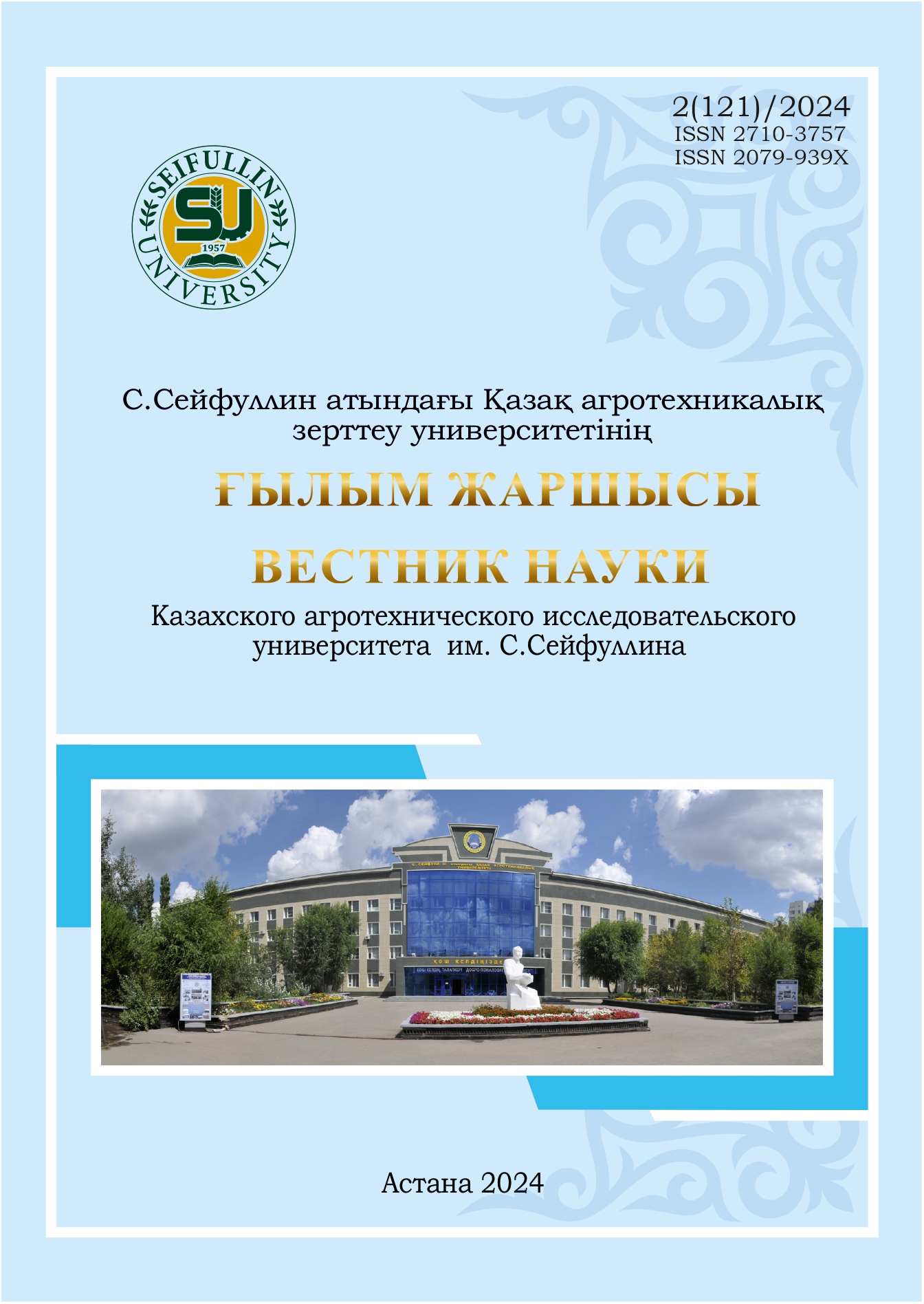PASSAGE OF THE ONTOGENESIS PHASE, PRODUCTIVITY OF COTTON GENOTYPES WHEN THEY ARE GROWED IN THE CONDITIONS OF CENTRAL TAJIKISTAN
DOI:
https://doi.org/10.51452/kazatu.2024.2(121).1708Keywords:
selection; medium-fiber cotton; genotypes; varieties; plant ontogeny; productivity.Abstract
In recent years, selection and well-established seed production have become of utmost importance in increasing the yield and gross yield of raw cotton and other agricultural crops. Particular attention is paid to the creation of new varieties and hybrids of agricultural crops, the widespread introduction of the most productive varieties and hybrids into production, significant improvement of seed production by providing production with varietal seeds, etc. According to the data obtained on the height of the main stem of cotton plants as of August 1 (2021- 2023), local varieties reached from 85,6 to 101,9 cm, for foreign varieties – 75,6-92,6 cm. The number of bolls by the end growing season (as of September 1) for local varieties was 10,4-22,4 units/plant, for foreign varieties – 10,9-21,8 units/plant. In lines L-1 and L-2, their number was 19,4-22,6 pieces/plant, which exceeds the standard variety Ziroatkor-64 (12,9 pieces/plant) by 12,6 pieces/plant. The weight of raw cotton of one boll for all studied varieties varies quite widely – 5,2-6,6 g. The deviation compared to the standard variety Ziroatkor-64 (5,2 g) reaches – 1,4 g. At the same time, the most productive (101,7-145,6 g/plant or 84,4-120,8 c/ha with a density of 83 thousand/ha) are according to local varieties - Kabadiyan-30 and Dangara-30, according to foreign ones - Cocer-4104, DPL-4158, DP-4025 and NAK-99/1. The studied lines had high productivity with 126,5-129,9 g/plant or 104,9- 107,8 c/ha.

